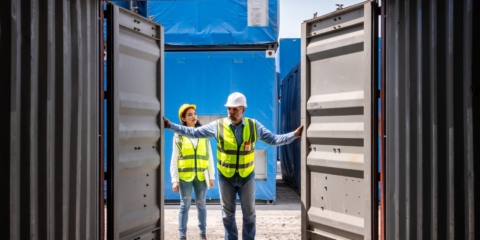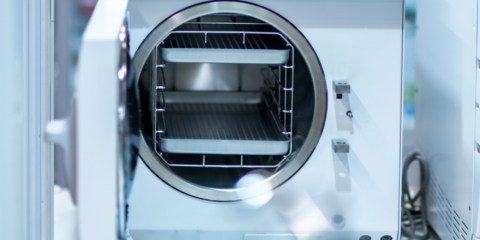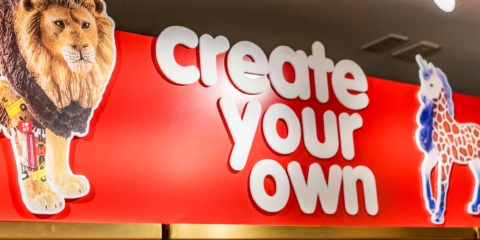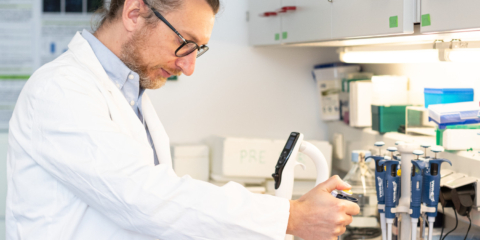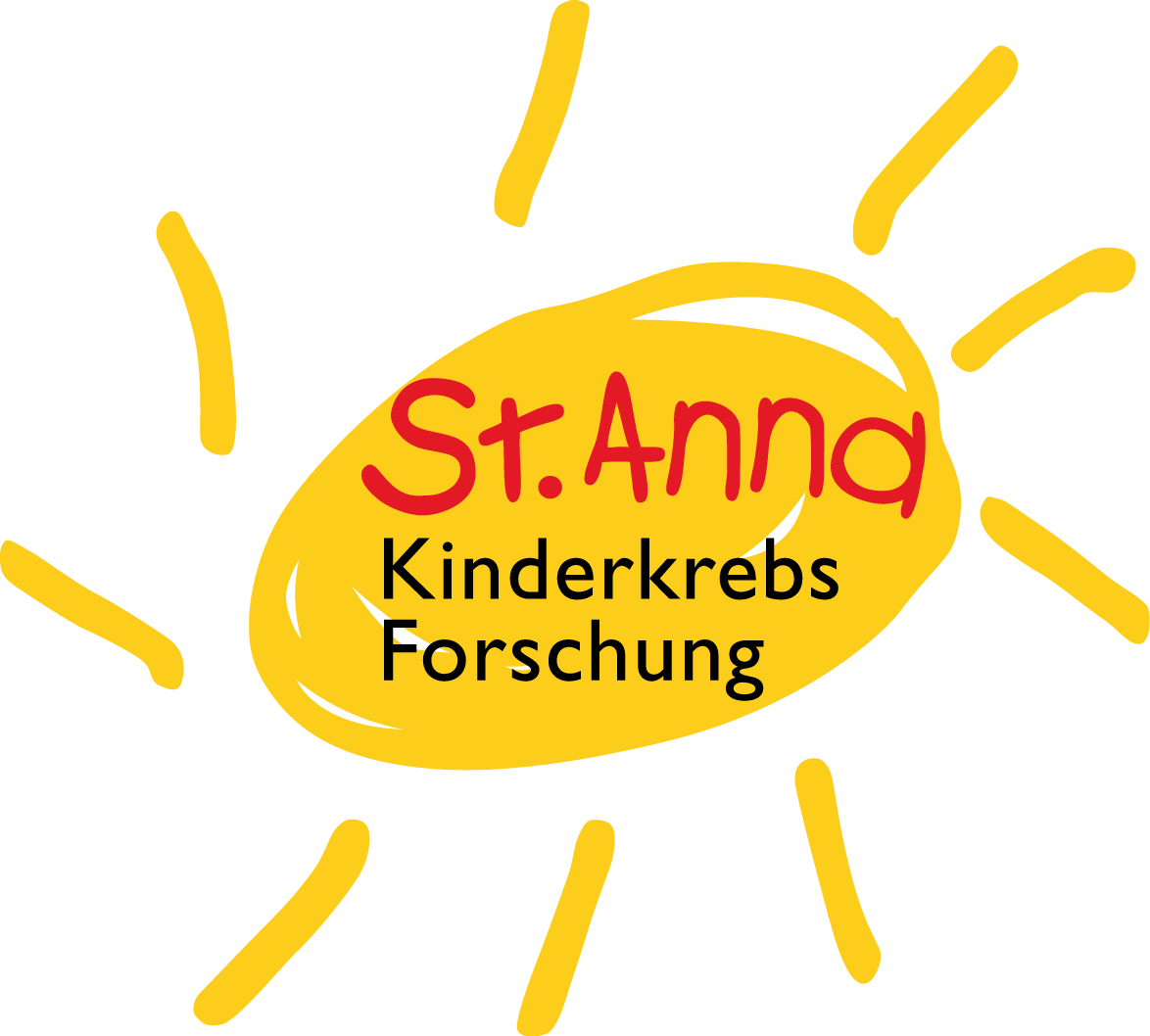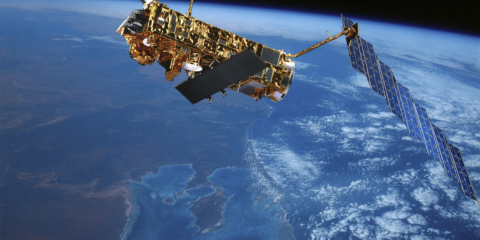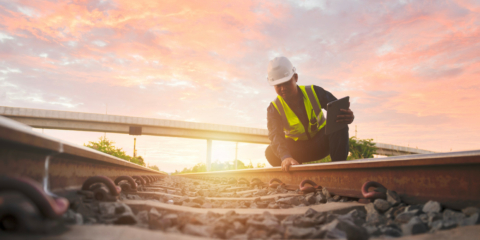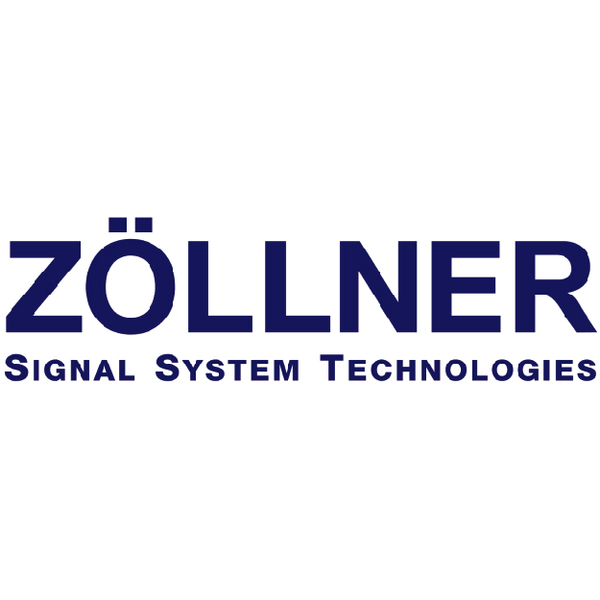Artificial Intelligence & Computer Vision
Where optical tracking is trumping the use of barcodes and RFID
Artificial Intelligence and Computer Vision enable digital tracking of baggage in airports.

Computer Vision replaces barcodes
We developed, validated, deployed and hosted the software systems for optical baggage tracking and identification, leveraging a vast variety of in-house experts.
To achieve this, we adapted state-of-the-art Machine Learning approaches from other identification problem domains, from face recognition to the requirements of baggage identification.
The challenge
Conventional means have extraordinary costs
Tracking baggage by conventional means is both costly and error-prone: bar codes, for example, can be lost.
Furthermore, continuous tracking of baggage within large-scale installations requires many expensive and hard-to-maintain tracking sensors.

The solution
Improving tracking through cameras
We improved the overall tracking accuracy by extending the existing tracking solutions and camera-based systems -- that’s how we found new use cases.
Camera systems mounted at key locations of the baggage transport logistic process (e.g. at check-in counters, before and after security checks, at aircraft loading docks, …) can both detect and track baggage, ensuring a complete audit trail.
This can be applied in a variety of use cases:
• Security: Has the baggage loaded into the aircraft been checked at the security checkpoint?
• Lost & found: Did the checked in baggage make it into the aircraft?
• Liability: Where was a piece of baggage lost and by whom? At the airport? By the airline?
Theft prevention: Did a piece of baggage unloaded from an aircraft arrive at the baggage claim area? If so, for how long was it there?
Instead of developing a large centralized system, we divided the solution into two main parts: A small and cost-effective camera and image processing services, and a centralized identification and tracking service.
Thanks to this architecture, we process images in almost real time. This means that the video doesn’t need to be streamed over the network, which contributes to low network load. Also, a central processing server is not needed, leaving no single point of failure.
However, let’s dive deeper into how we tackle image processing at Cloudflight.
Image Processing Service
We created a multistage, real-time image processing pipeline consisting of the following steps:

1. Object detection
Detection, localization and classification of baggage on the video stream. What objects are visible? Where are these objects located on the video? What type of objects are visible? Persons? Baggage? Cargo container?

2. Instance segmentation
Which parts of the image belong to which object exactly? Multiple, possibly touching and overlapping pieces of baggage? People handling and covering baggage items?

3. Object Fingerprinting
Finding a numerical feature and a representation of the characteristics of the detected baggage. What are the features that most differentiate the baggage from others? There are millions of black trolleys but, for example, maybe only one of them has a blue Cloudflight logo on it?
Identification and Tracking Service
The central server receives object fingerprints from the image processing services and stores them in a central database. By comparing these fingerprints – a quick and easy operation – the server can easily compare the current detection of baggage with the previous detection, thus creating a complete audit trail.
Do you need to track individual items in your production plant, or would your business benefit from real time tracking of assets?
Reach out to us – our Computer Vision experts will be happy to talk to you!
